Human papilloma virus (HPV) affects epithelial cells and has a particle diameter of 55 nm. A distinctive feature is the proliferation of the skin epithelium, as well as mucous membranes. In the early stages, pathogens often affect the basal cells of the epithelium, penetrating them through microtrauma. Localized papillomas are often found on the skin of the neck, armpits, groin and genitals (most often), oral mucosa and nasopharynx.
This virus can exist for many years without symptoms. To detect HPV, electron or molecular microscopy hybridization methods are used.
Types of human papillomavirus
In humans, there is a type of HPV virus that affects mucous membranes and skin. Among the large number of papillomaviruses, there are species with low and high carcinogenic risk. It has been shown that the carcinogenic properties are related to the ability of DNA to integrate into the genome of human cells.
The virus is activated in 10-20% of cases. Depending on its type, it can lead to benign or malignant lesions. Some types of HPV do not cause cancer. They lead to the appearance of warts and genital warts. The most common are HPV 6 and 11.
HPV oncogenes are those that carry a high risk of developing cancerous lesions, especially in the cervix or anus. For the skin, HPV 16 and 18, as well as 5 and 8, which can lead to skin cancer, are more common. The most common form of cancer caused by HPV is cervical cancer. But men can also be infected with the papilloma virus, which in the worst case can cause penile or anal cancer.
Most often women encounter HPV 16 - this is a form of the parasite observed in the body, that is, outside the chromosomes of the cell (benign). HPV 18 has a high risk of developing cancer - benign tumors are formed first, and after a while they will degenerate into cancer. Virions in this case are very small in size (up to 30 nm).
- cervical tumors;
- invasive or pre-invasive cancer;
- Genital warts of the urinary tract and genitals.
Infection characteristics
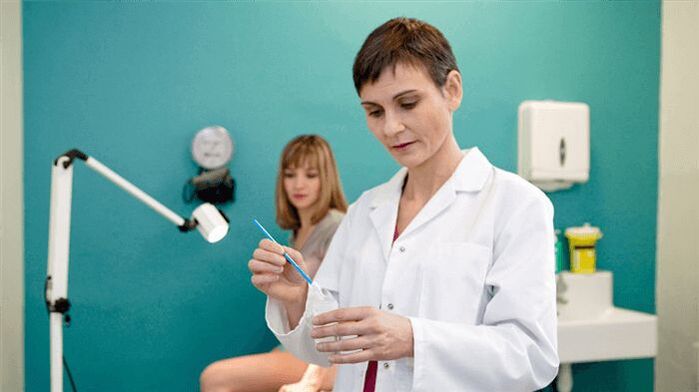
Human papilloma virus is very contagious. It is usually transmitted through direct, skin-to-skin or mucous membrane-to-mucous membrane contact with an infected person. As for genital infections, this most often occurs during vaginal or oral sex. Having multiple sexual partners or other sexually transmitted diseases (sexually transmitted infections) increases your risk. Indirect transmission through contaminated objects, clothing or bedding is also possible but is quite rare.
In 7% of cases, transmission of the virus from mother to child can occur during childbirth, when the infection is active. The risk increases to 40% if infected with HPV 16 or 18.

By penetrating the epithelium, violating its integrity, papillomavirus infection promotes the growth of the lower layer of epithelial cells in the form of warts or warts. This form of the disease is contagious and quickly spreads to others. As a rule, warts and warts do not cause metastasis and usually disappear spontaneously.
HPV symptoms
The incubation period lasts up to 9 months (average 3 months). HPV can be present in the body without obvious symptoms. Viruses can go undetected for months or years. Even at this stage it is still contagious.
Warts on the skin often appear in groups and gradually increase in number when scratched. The two most common types of papillomas are gray, hard, raised with a broken surface (common warts) or flat and reddish (flat warts). Spiny warts appear on the soles of the feet or heels and grow inwards, often causing pain.
- Genital warts. The pale or red bumps often appear in groups and appear on the labia, vagina, penis, urethra, anal canal and rectum. They are very contagious.
- Flat Condolomas. They appear as flat nodules and are found mainly on the female genitalia. They increase the risk of developing cancer.
- Giant tumors (Buschke-Levenshtein tumors). They grow into giant masses, destroying surrounding tissue. In rare cases, they can degenerate and lead to squamous cell carcinoma.
Infection of the mucous membranes in the upper respiratory tract may also occur. The conjunctiva of the eye may be affected, leading to the development of pink stalks.
It is more difficult to detect an asymptomatic development that the doctor can only see using auxiliary means such as acetic acid (which causes discoloration of the wart) or a microscope.
In addition, viruses can also reside in cells without any tissue changes. Then they talk about a latent infection, that is, the presence of pathogens but no symptoms. Once infected, this stage can last from several weeks to several months.
Possible consequences
When infected, the virus penetrates the cells of the integumentary tissue of the skin and mucous membranes, settles in the nuclei of cellular structures and multiplies there. Usually, such HPV infections go unnoticed and heal without consequences, because the immune system successfully fights the pathogen.
However, some types of HPV cause skin changes called growths. Possible forms include genital warts or warts and papillomas, which can affect the face, arms or legs.
The resulting tissue changes are mostly benign, but can also be degenerative and lead to cancer. For example, cancer can occur decades after HPV infection. Cancer of women's external genitalia (vulvar and vaginal cancer), anal cancer, penile cancer, and cancer of the mouth and throat (head and neck tumors) can also occur.
Establish diagnostics

Testing for HPV infection is done in women as part of a preventive gynecologist visit. During a gynecological examination, a stain is taken from the cervical mucosa, this is called a Papanicolaou test (cytological examination). The resulting material is studied for tissue changes to determine precancerous conditions.
Additionally, HPV testing may be performed, in which cellular material from a mucosal smear or tissue sample is examined in a laboratory for the presence of certain types of virus. However, this only proves that the affected area has become infected and does not make any statement about whether tissue changes have occurred. Therefore, HPV testing is meaningful, especially when combined with Pap testing, and can help detect early signs of cancer.
If the test is positive, there is no reason to worry because the infection does not always lead to cancer. You should check regularly to detect tissue changes in the early stages. Conversely, a negative test result does not indicate whether the body successfully fought off an infection in the past.
For men, there are no preventative screenings that will be performed on a regular basis. If an underlying cancer exists, examining the tumor can determine whether HPV infection is the cause of the cancer.
Specialized DNA methods are also used in laboratory diagnostics, such as real-time PCR. Genital warts caused by HPV types 6 and 11 are easily detected during a gynecological examination.
How to cure human papillomavirus
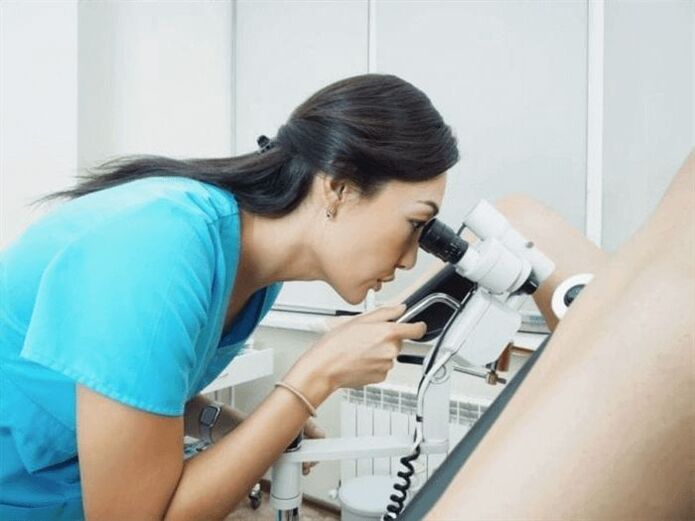
In most cases, the disease does not require treatment because it resolves on its own and the virus is no longer detected. However, if not, the infection can last longer and persist for months or years.
To date, there is no systematic method of action that can completely destroy this virus. However, treating existing warts will reduce the amount of virus, so in many cases the immune system can fight off the remaining viruses and thus eliminate them. In some cases, the pathogen persists and can cause symptoms of the disease multiple times.
- Warts on the feet and genitals can be treated with medications formulated with salicylic acid for topical application.
- Cryotherapy is also a commonly used method to treat HPV. In this case, the wart is cold burned with liquid nitrogen.
- Laser or electrocautery are both equally used methods.
For cancers caused by HPV, treatment is much more difficult. For cervical cancer, it is often recommended to remove the uterus, the upper part of the vagina and the ovaries, respectively. This may be supplemented with radiotherapy to eliminate the possibility of recurrence. Other cancers caused by HPV are often treated with targeted therapy, such as radiation therapy or chemotherapy.
It should be remembered that this surgery is not a radical solution but only solves cosmetic problems, because after removal, the virus can persist in surrounding tissues and warts can appear again. .
Prevent infection

There are two types of vaccines: a bivalent vaccine against HPV 16 and 18 and a quadrivalent vaccine against HPV 6, 11, 16 and 18. Vaccination recommended for allgirls 14 years and older.
Vaccination does not protect against all viruses. Therefore, all women aged 25 to 65 years, even if vaccinated, are advised to have regular smear tests.
Timely detection and complete removal of warts helps reduce the risk of disease. The effectiveness of using condoms to protect against disease transmission can significantly reduce the risk of developing this disease. The most promising way to prevent and treat the early stages of the disease caused by this infection is a specific polyvalent vaccine.
Why do plantar warts appear and how to treat them?
Warts are skin lesions that appear as distinctive circular shapes raised above the surface. They arise due to specific viruses.
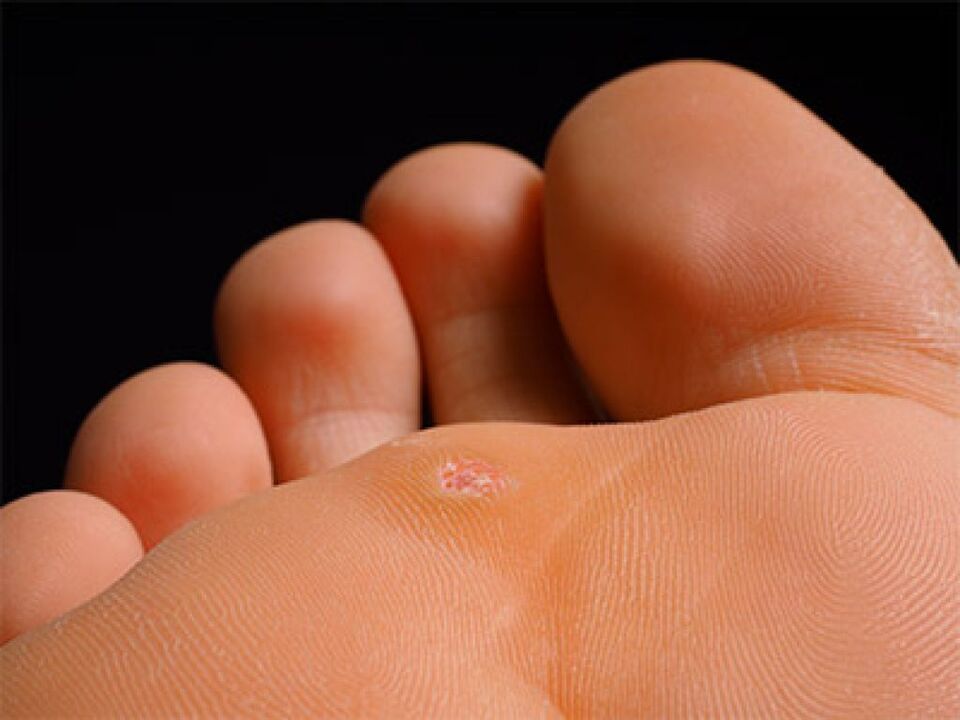
These formations often cause physical discomfort due to their location. Even after treatment they tend to recur.
Types and reasons
There are many types of warts, they are classified according to several characteristics:
- Simple. They occur on exposed parts of the body, arms, legs, face and scalp. They are usually not dangerous but are unsightly and can multiply quickly, affecting large areas of skin. They are arranged as if in "family".
- Crops. Their localization is exclusively on the feet. Causes discomfort when walking.
The main cause is human papillomavirus infection, which affects mucous membranes and skin.
Human papilloma virus
This is one of the most common viruses on Earth. Infection can occur in many ways:
- contact and household (through contact);
- sexual (genital, anal, oral-genital);
- during childbirth from mother to child.

The duration of the development of the disease ranges from several weeks to decades, this is explained by the fact that the virus may not manifest itself for a long time, but as soon as immunity becomes a little weaker, the developmentimmediately appear on the body. skin and/or mucous membranes. The main danger of this disease is that some types of HPV have a high likelihood of causing the formation of malignant tumors (cancer of the skin or mucous membranes). To ensure that the disease does not lead to tumor formation, it is necessary to be examined by a doctor and not to self-medicate.
Symptoms and types of warts on the feet
Plantar warts appear as callous-like thickenings with keratinous skin. It interferes with movement and causes pain. The passive state is characterized by slow reproduction and does not reach the horny layer of the epithelium, so this condition does not manifest itself on the outside.
The active state is characterized by the fact that the virus rapidly develops and moves to the upper layers of the epidermis, manifested by a variety of symptoms. Plantar warts are also known as spiny warts or chicken warts. The virus enters through skin contact through cuts and scratches in the outer layer of the skin:
- First, a small yellow-gray papule with an uneven surface appears.
- Gradually, the small particle becomes dense and dirty in color.
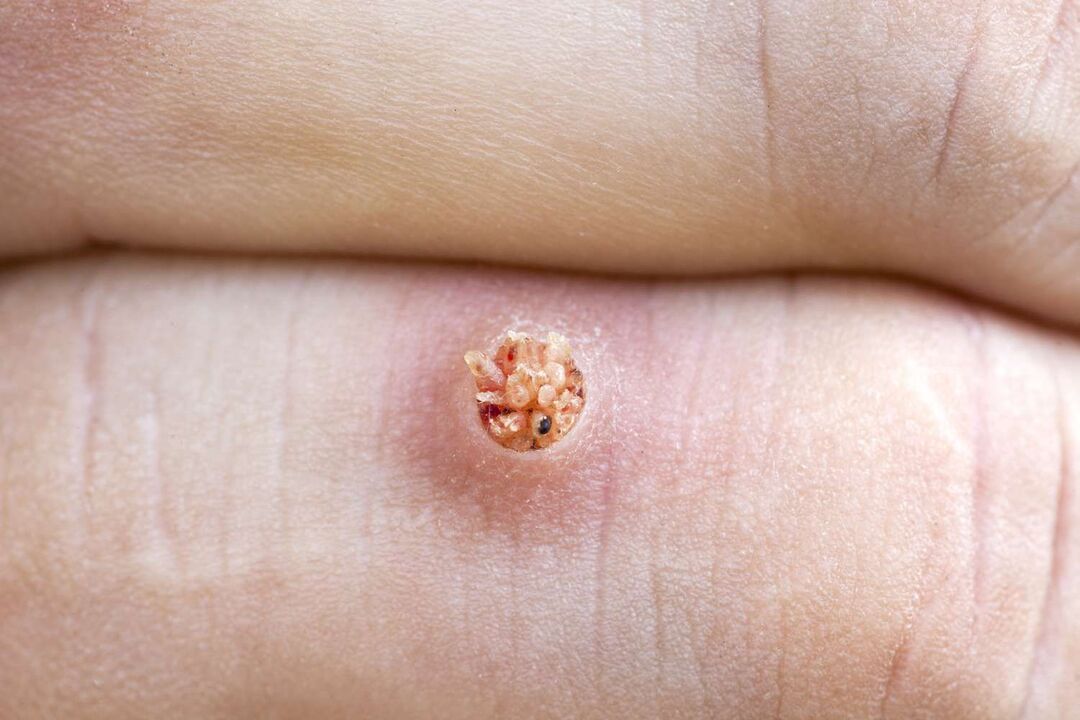
Seen from the inside, plantar warts look like fused papillae of various sizes with a pinkish tint. Additional capillary vessels form there, causing bleeding if you have warts.
Removing warts on the soles of the feet
Plantar warts should be treated if:
- There are painful feelings.
- The wart is bleeding.
- There are spots on it.
- Warts quickly increase in size.
There are many treatment methods. One of them is the cold destruction technique. The meaning of the method is that the wart is exposed to liquid nitrogen at a temperature of minus 196 degrees. The area affected by the virus will be frozen and the wart removed.
Conventional and active exposure methods are used. With the aggressive method, nitrogen is applied for a few seconds longer, but this method is more painful. It is important to note that if warts appear and persist for more than six months, then the effectiveness of cold destruction is greatly reduced and the meaning of such an operation disappears.
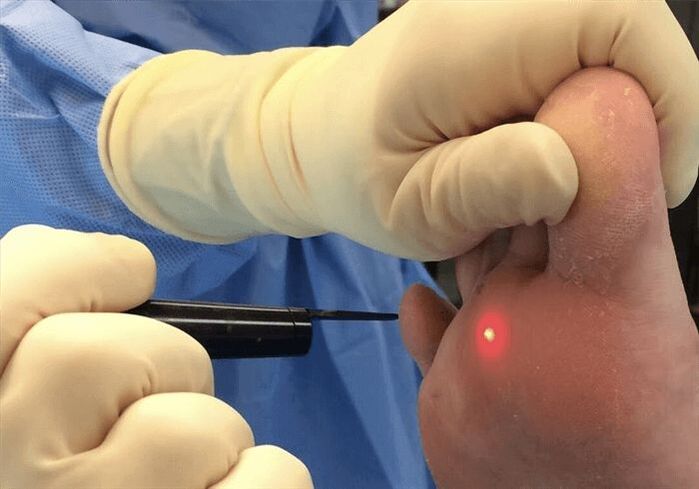
After removing plantar warts with liquid nitrogen, you should follow some recommendations:
- blisters remaining where the wart cannot be opened;
- To avoid mechanical damage, use sterile bandages instead of plaster;
- Treat the affected area with 2% salicylic alcohol twice a day;
- Try to prevent water from entering the affected area.
Another method is laser coagulation. This is one of the most popular methods for removing warts. Most laser systems are equipped with special cooling systems. Therefore, the procedure takes place with minimal discomfort and does not cause inflammation because the laser has antiseptic properties. Furthermore, this is a contactless method.
There are several ways:
- Carbon dioxide (CO2) laser. Treatment in this case occurs using infrared light. This method is 70% effective but the downside is that healthy tissues can also be damaged.
- Erbium laser. This treatment uses shorter wavelengths, which reduces the likelihood of scarring after surgery. Efficiency is typically 75%.
- Pulsed dye laser. With this contact method, the initial destruction of dilated capillaries in the warts and stimulation of the immune system contribute to effective healing. Treatment effectiveness is about 95%.
After laser treatment, a scab forms on the affected area and disappears on its own within seven to ten days. Recommendations for this treatment are the same as after exposure to nitrogen - avoid mechanical damage and avoid water ingress.
The next way to remove warts is electrocautery. In this case, a high-frequency electric current is applied to the wart. Treatment is performed under local anesthesia. Exposure of warts to high temperatures leads to evaporation of cells affected by the papilloma virus. Another advantage of this method is that cauterizing blood vessels will prevent bleeding. After surgery, a scab forms on the affected skin and disappears within 7 to 10 days.
Plantar warts can be treated with direct surgery. In this case, excision occurs under local anesthesia, followed by suturing. After surgery, the doctor will prescribe certain recommendations. Therefore, it is recommended to prevent water and soap from entering the affected area, not to tear the crust, and treat the affected area with antiseptics for the first 7-10 days.

For each type of operation there are certain contraindications. Therefore, the operation will not be possible if the following cases occur:
- pregnancy;
- diabetes;
- malignant tumors in the body;
- infection and inflammation around the wart;
- exacerbation of herpes;
- rising temperatures.
If your blood pressure is high, the procedure should also be postponed.
Treating warts does not require surgery
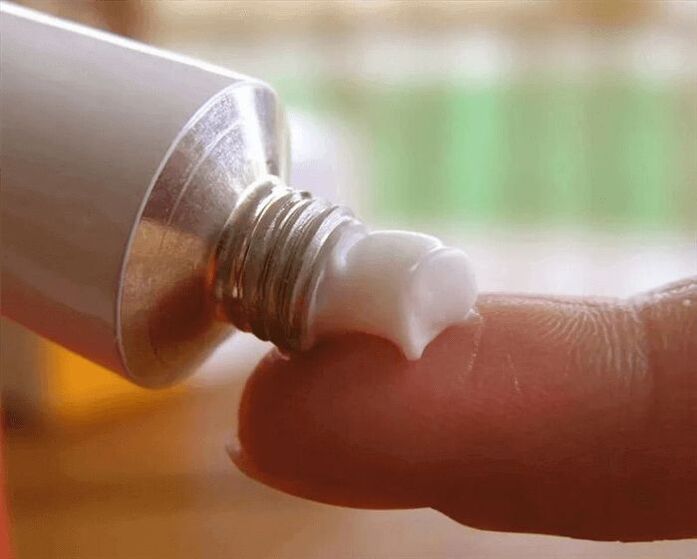
People often wonder how to remove warts on the soles of their feet without surgery. To do this, you can use ointments and pharmaceutical solutions.
Basically, these ointments have the following effects:
- Anti-inflammatory;
- antiseptic;
- immune regulation;
- antiviral;
- antifungal medication.
In addition, it may contain vitamin E, which also has a positive effect in treatment, because vitamins often help the body stay healthy and reduce the risk of relapse.
It is important that these products be used for single, superficial plantar warts. Furthermore, if any side effects occur, wash off the medication with plenty of warm water and immediately seek medical help.
So, it is possible to cure warts, there are many ways to do it, but you should not do this without first consulting a doctor, so as not to harm your health. In addition, it is strictly forbidden to self-medicate if the doctor prescribes contraindications.
Treatment of papillomas on the body
Hardware method
Modern hardware methods of treating papillomas help to eliminate them and prevent the development of recurrent diseases. The most commonly used methods are:
- Cold damage is the destruction of growths by exposing them to low temperatures.
- Electrocautery is the process of burning formations with an electric current, the intensity and frequency of which is selected depending on the size, type and density of the papilloma.
- Laser removal. The type of impact is clear from the name. The procedure takes no more than 15 minutes and helps permanently remove pesky growths.
Treatment medicine
Among the drugs used are celandine, castor oil, lapis pencil, preparations Sani Skin and Dermavit.
They demonstrate variable effectiveness and do not prevent disease recurrence. The main disadvantage of drug treatment of papillomas is the frequent development of allergic reactions.
Prevention of papillomas
To avoid the appearance of tumors and avoid infection with human papilloma virus, you should:
- Use barrier contraception during sex.
- Observe the rules of personal hygiene and use only individual towels, soap and toothbrushes.
- When going to public baths, don't forget to wear rubber shoes.
You should also normalize your daily routine, eat a balanced diet, give up bad habits and avoid stressful situations. These factors are not the cause of the disease, but can provoke the development of the disease if the virus is already in the body.














































































